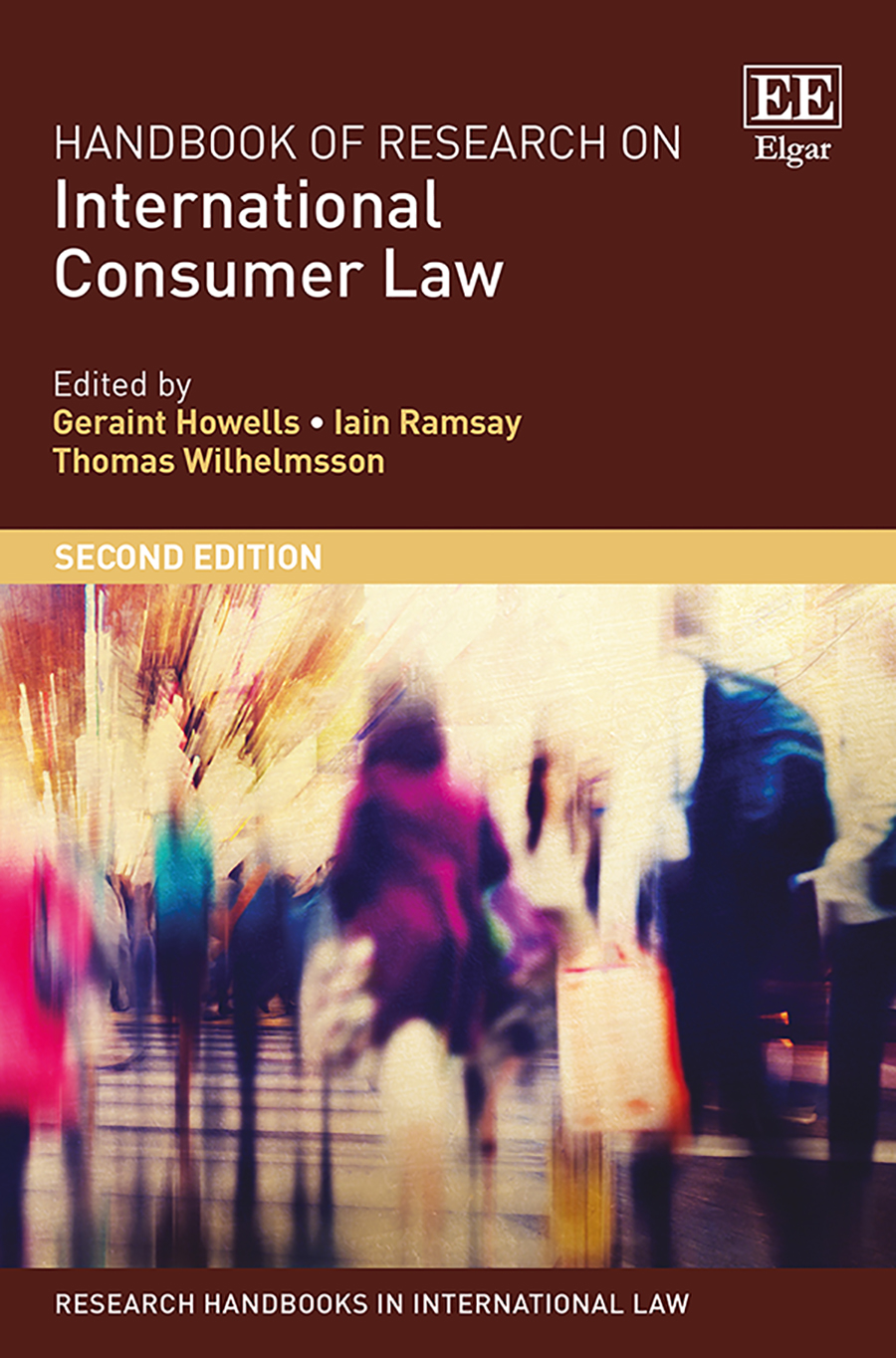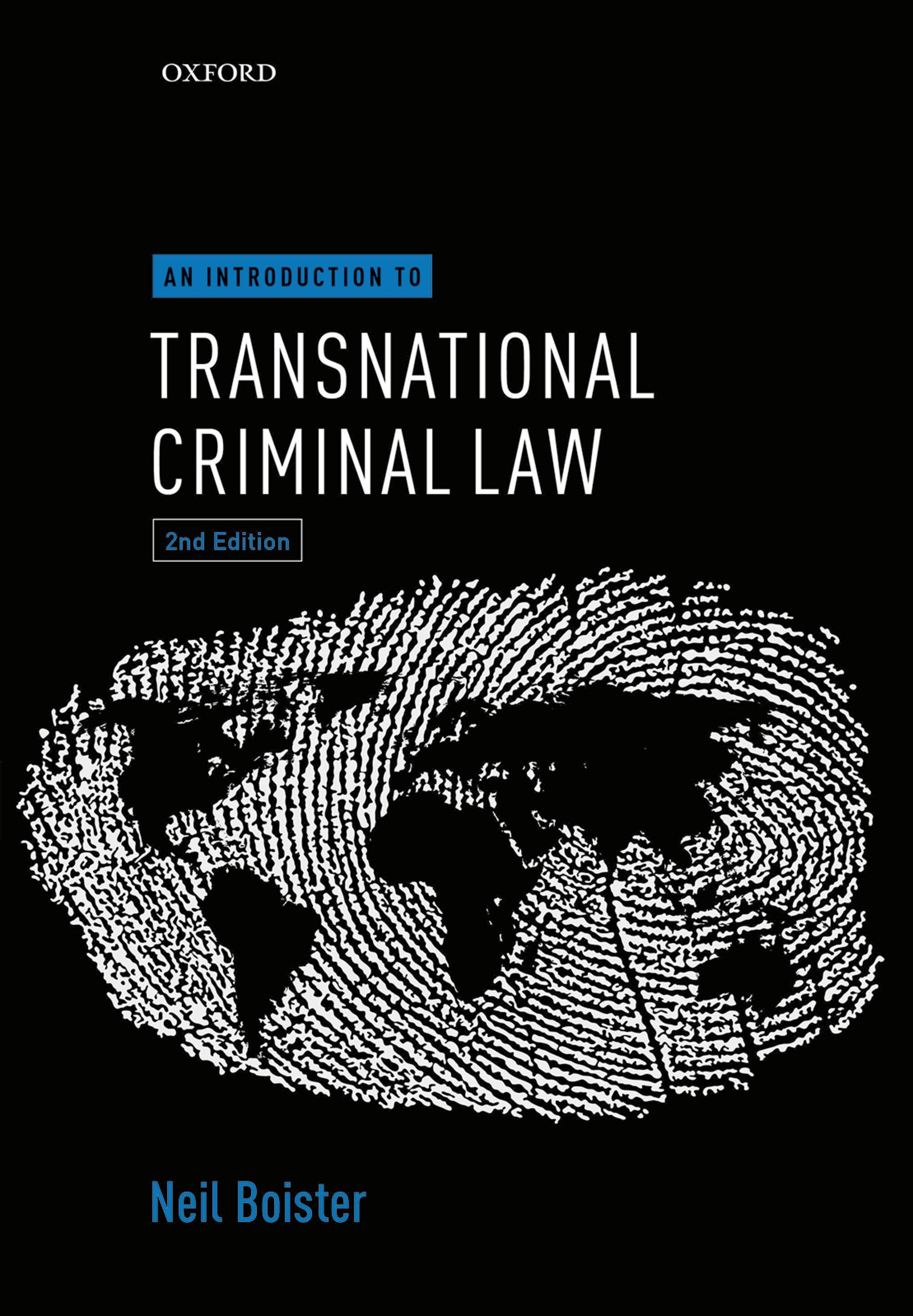Data Mining for Intelligence, Fraud & Criminal Detection
by Christopher Westphal
2020-07-23 01:34:13
Data Mining for Intelligence, Fraud & Criminal Detection
by Christopher Westphal
2020-07-23 01:34:13
In 2004, the Government Accountability Office provided a report detailing approximately 200 government-based data-mining projects. While there is comfort in knowing that there are many effective systems, that comfort isn’t worth much unless we ...
Read more
In 2004, the Government Accountability Office provided a report detailing approximately 200 government-based data-mining projects. While there is comfort in knowing that there are many effective systems, that comfort isn’t worth much unless we can determine that these systems are being effectively and responsibly employed. Written by one of the most respected consultants in the area of data mining and security, Data Mining for Intelligence, Fraud & Criminal Detection: Advanced Analytics & Information Sharing Technologies reviews the tangible results produced by these systems and evaluates their effectiveness. While CSI-type shows may depict information sharing and analysis that are accomplished with the push of a button, this sort of proficiency is more fiction than reality. Going beyond a discussion of the various technologies, the author outlines the issues of information sharing and the effective interpretation of results, which are critical to any integrated homeland security effort. Organized into three main sections, the book fully examines and outlines the future of this field with an insider’s perspective and a visionary’s insight. Section 1 provides a fundamental understanding of the types of data that can be used in current systems. It covers approaches to analyzing data and clearly delineates how to connect the dots among different data elements Section 2 provides real-world examples derived from actual operational systems to show how data is used, manipulated, and interpreted in domains involving human smuggling, money laundering, narcotics trafficking, and corporate fraud Section 3 provides an overview of the many information-sharing systems, organizations, and task forces as well as data interchange formats. It also discusses optimal information-sharing and analytical architectures Currently, there is very little published literature that truly defines real-world'systems. Although politics and other factors all play into how much one agency is willing to support the sharing of its resources, many now embrace the wisdom of that path. This book will provide those individuals with an understanding of what approaches are currently available and how they can be most effectively employed.
Less































